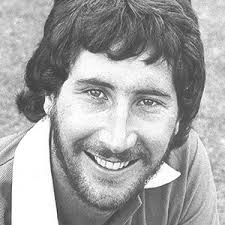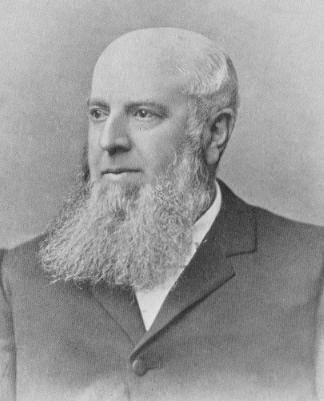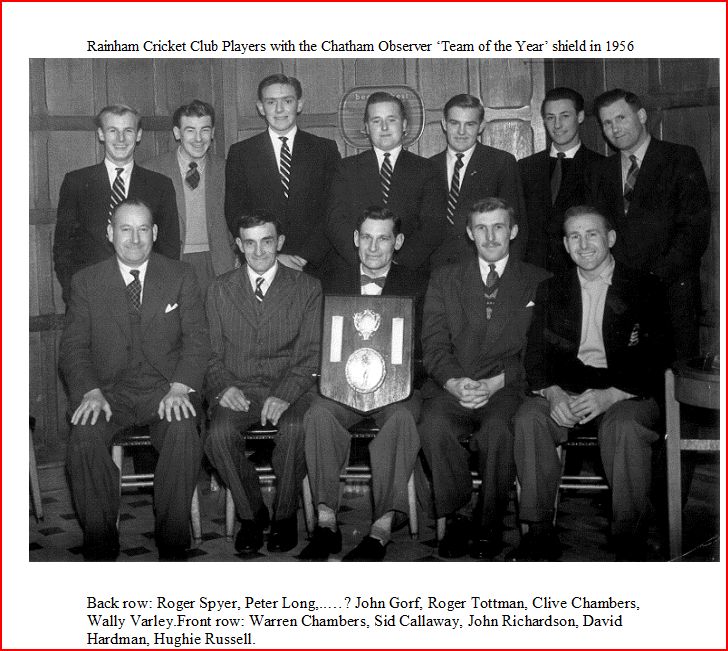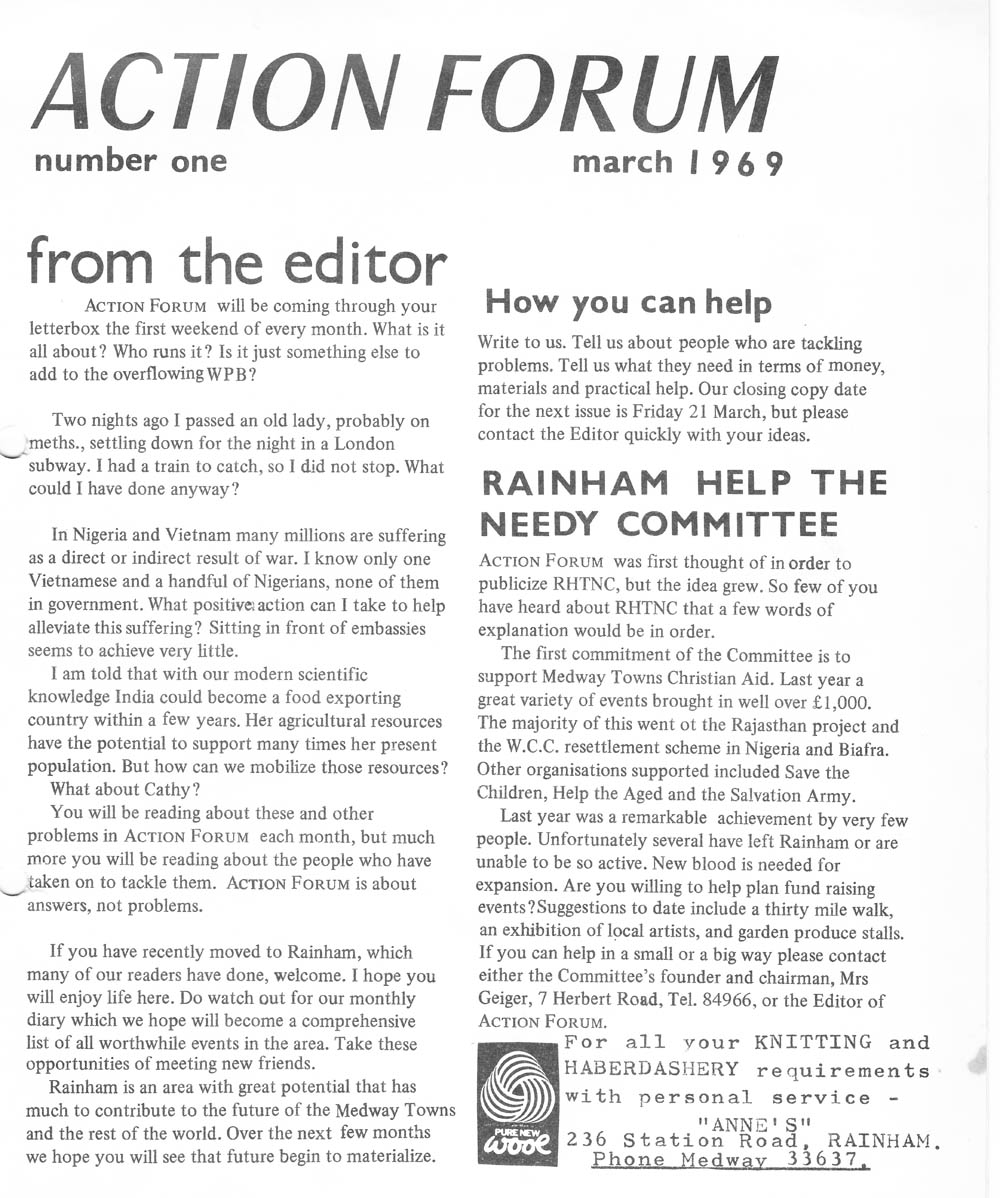Rainham in the late 18th Century
Rainham in the late 18th Century
During the later years of the 18th century Rainham, which formed part of the Manor of Milton, was little more than a linear village located along the present day high street surrounded by orchards and populated by about 700 people who were mainly employed on local farms. Edward Hasted described Rainham in ‘The History and Topographical Survey of the County of Kent, Volume 6’ in 1798:
‘Rainham has become since the eighth of Elizabeth, a neat and agreeable village, the high road from London to Dover running through the main street, which contains several handsome houses, and one or two good inns.’
The main populated part of 18th century Rainham was situated on fairly high ground but the lower part with its marshes had a reputation as being an unhealthy part of the parish because of ague, a form of malaria spread by mosquitoes that caused people catching it to suffer from high fever. The residents of nearby low lying parishes like Upchurch and Lower Halstow suffered so badly from it during the 18th century that the clergy refused to live there for fear of catching it. Hasted described the effects of ague in the following way:
‘…the severe agues which the inhabitants are very rarely without, whose complexions become of a dingy yellow colour, and if they survive, are generally afflicted with them till summer, and often for several years, so that it is not unusual to see a poor man, his wife and whole family of five or six children hovering over their fire in their hovel, shaking with ague all at the same time.’
The church continued to dominate the village centre although on 20th October 1791 lightning struck the steeple of the chancel causing severe damage by splitting the wall. Although the building generally remained in good condition the Tufton family became concerned about dampness that had got into the family vault and had begun to rot the coffins kept there. The family approached Reverend Richards on the matter.
Reverend James Richards served as vicar of the church from 1777 until the later years of the century and resided at the vicarage a bit farther along the road on the opposite side. The vicarage had been constructed very close to the parsonage. Why was a parsonage and vicarage built so close together in the same parish? Late local historian Freddie Cooper noted the reason in his article ‘Rainham Vicarage and Parsonage.’ He wrote that in 1536 when King Henry VIII dissolved the monasteries he confiscated all their properties which included the church and parsonage in Rainham. In later times the parsonage was leased out to private individuals which left the vicar without a residence so in 1677 parishioners raised money and a vicarage was constructed a short distance away for the vicar to reside in. Sir Edward Dering owned the parsonage valued at £200 per annum during the late 18th century.
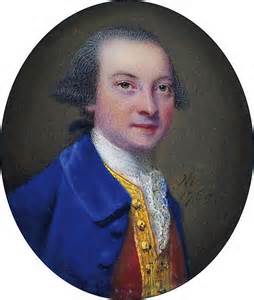 Sir Edward Dering
Sir Edward Dering
Rainham High Street would have been quieter and less busy in the late 18th century than at present with horses and carts travelling along the road and periodic horse drawn coaches passing in each direction from London and Dover, leaving wheel tracks and horse droppings on the dirt road surface. Horse drawn coaches stopped at the White Horse and the Rosary & Cricketers Inn for passengers, hay carts and the occasional flock of sheep or cattle accompanied by a shepherd or farm worker may also have periodically passed along the road.
At the Sittingbourne end of the high Street ‘The Lion Inn’ existed along with a big house owned by John Russell from Greenwich. The hamlet of Moor Street existed just beyond Rainham High Street where some of the houses were very old like East Moor Street Cottages which dated from the 15th century.
Although much of the land was owned by the Earl of Thanet, farmer William Wakeley occupied Westmoor Farm while Thomas Wakeley leased Parsonage Farm in central Rainham and Otterham Marsh in Lower Rainham. William Dodd occupied Cozenton Farm with an orchard and meadow while Bloor’s Place, located just off the lower road, was owned by the Earl of Thanet and occupied by Mrs Smart. According to Hasted the old farmhouse at Bloor’s Place which had housed members of the gentry for several centuries had been named after a gentleman named William Bloor but had been pulled down to make way for a new building.
A variety of people populated Rainham during the later years of the 18th century. Thomas Ashdown and William Foster worked as husbandmen, John Marsh worked as a surgeon, Joseph Knight a brickmaker, Nicholas Webb, John Finch, Henry Baker and John Ripley were malsters and Henry Elvy a victualler. Farmers included William Wakeley, Thomas Wakeley, Edward Dodd, William Gilbert and William Pell, while yeomen or small farmers included John Butler, Thomas Lake, John Rains, John Miles, John Packman, Thomas Raynor and Samuel Smith.
One of the biggest events to take place in Rainham which drew a large crowd at the close of the 18th century was the funeral of the honourable John Tufton, son of the 8thth Earl of Thanet who died on 27th May 1799 aged 26 and was buried in the family vault in St Margaret’s church. Although he had not resided in Rainham his family owned a large amount of land in the parish. He became Member of Parliament for Appleby in 1796 and won fame as a cricketer for Marylebone Cricket Club (MCC). He scored 1,049 runs for the club with a highest score of 61 and he took 14 first class wickets. He also became the first cricketer to be given out lbw in a first class game. John Tufton’s death followed an earlier family tragedy when his younger brother Willliam aged eight drowned while bathing in 1786 and his body was also placed in the family vault in Rainham.
The poor of Rainham requiring regular relief totalled 36 people in 1798 and these were looked after by the parish who bought two houses for some of them to live in. These became known as ‘poor houses.’ The poor also had access to five acres of land from the village charities planted with just over two acres of cherries, an acre of pears, an acre of apples and an acre of woodland. Because of the seasonal nature of agriculture and adverse weather conditions, farm workers were susceptible to periods of unemployment, particularly during the winter months, some needed relief from the parish and most lived at subsistence level for most of their lives.
According to Hasted’s 1798 study of Kent the land surrounding Rainham was fertile and suitable for growing corn and fruit and produced some of the best wheat in England. Cherries and apples had earlier been produced just off the high street but Hasted noted that in the closing years of the 18th century these were no longer being grown.
The Cricketers Inn known as the ‘Rosary & Cricketers’ during the 18th century existed in the high street and became the first pub in Kent to be given a name connected with cricket. It had a big lawn at the back with stables and the building is believed to have dated from the 15th century and probably had a connection with the church in its early days because of its close proximity. The White Horse pub whose sign represents loyalty to the 18th century House of Hanover existed on the corner of White Horse Lane (now Station Road) with a stable for horses but Macklands estate which included a house, owned by the Chatham Charity of the Chest and occupied by a Mrs Nash was the only house situated in the White Horse Lane area. The remainder of the land comprised of orchards and fields from the high street down to the lower road.
The Manor of Queens court and Berengrave Farm existed in the area now known as Tufton Road and Berengrave Lane. Berengrave Farm included a paddock and a house occupied by John Fowle. Woodland with ponds and pathways covered a large part of the area stretching to the present day Station Road.
Finally, Siloam Farm, owned by the Earl of Thanet, existed at the top end of the present day Mierscourt Road with a large amount of arable land. The Manor of Mere incorporated much of the land located in Meresborough, owned by the Earl of Aylesford during the 18th century. Extensive woods covered the land now occupied by the Parkwood Estate and these stretched across Wigmore to Rainham Mark. In total 540 acres of woodland existed out of 2,100 acres of land in the parish.
Although Rainham served as a small linear village on the London to Dover road it gradually expanded over the following hundred years to become the biggest village in the area.

John Tufton as a boy playing with his dog. Tufton became a well known cricketer and Member of Parliament and is interned in Rainham church painted by the famous 18th century painter Sir Joshua Reynolds.


















































































































































